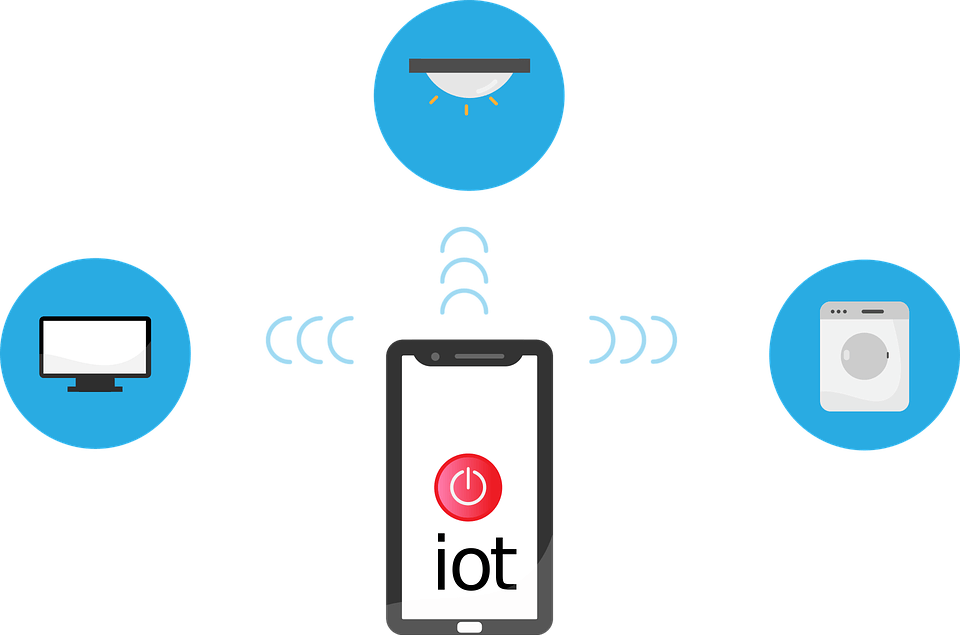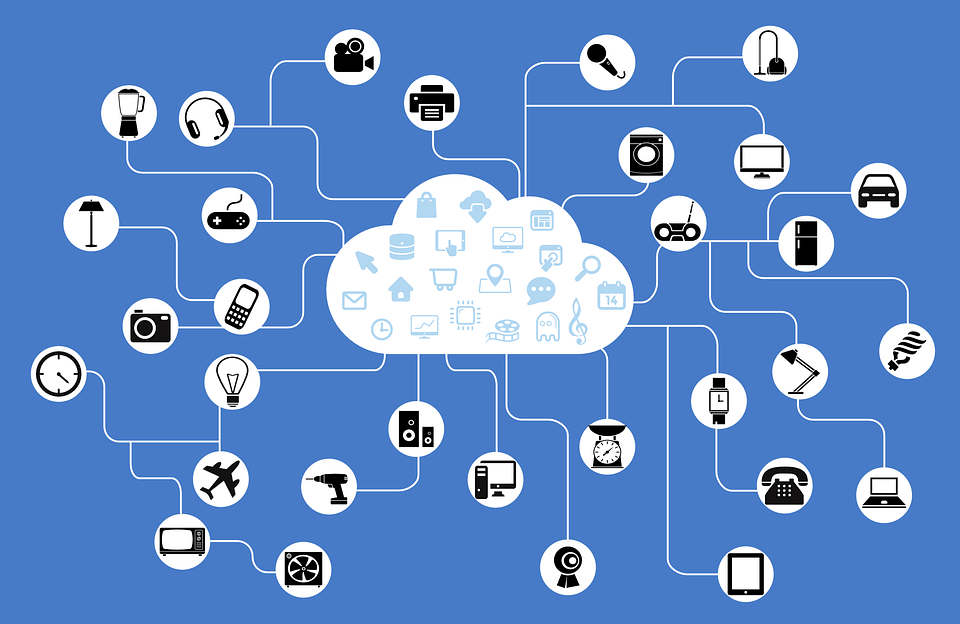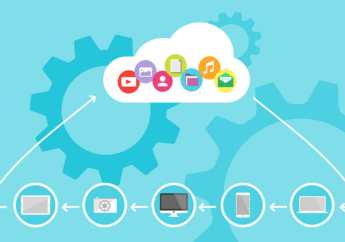4 Ways IoT Will Bring Smart Manufacturing For Improved Efficiency
by Arina Smith Business Intelligence 13 September 2021

The Internet of Things is not just the newest buzzword to make its way around the boardrooms of multinational corporations. The Internet of Things is a tried and tested approach, a growing trend, and a cutting-edge technology.
More significantly, the IoT is changing all ways by enabling firms to boost revenues by increasing efficiency, reducing waste, and reducing costs.
This is the moment to reap the benefits of IoT as the ecosystem of linked devices expands, as more businesses adopt its technology, while it may still provide a competitive advantage.
Many businesses are investing heavily in IoT to improve company efficiency by expanding human capabilities.
In several industries, including manufacturing, real-time insights & predictive analytics have already begun to assist firms in growing their market shares and revenues quicker than their competitors.
What is the Internet of Things (IoT)?

Although the terms loT and lloT are sometimes used interchangeably, they refer to distinct aspects of technology that might be used in production.
The Internet-of-Things (IoT) is a network of commonplace gadgets, appliances, and other items connected with computer chips & sensors and can gather and transmit data via the Internet.
Industrial Internet of Things (IIoT): A network of interconnected sensors, instruments, as well as other equipment linked to industrial applications on computers, such as production and energy management.
The objective of IoT and IIoT is to build a fully automated system of equipment that self-report in real-time, increasing efficiency and bringing vital information to the surface faster than human intervention alone could.
1. Quality Assurance
Manufacturers make an item, its quality control department tests it, aiming to detect and correct defects before the product comes to market in a conventional reactive quality control procedure.
With thermal & video sensors gathering comprehensive product data throughout the life cycle, IoT makes this procedure proactive. The goods can also be checked at each production stage to ensure that their characteristics are within requirements.
Furthermore, production equipment instrumentation and monitoring assist quality control staff in determining whether and when equipment calibration deviates from standard settings – such errors must be detected early to minimize product misalignment.
Manufacturers may be more confident in spotting quality problems at the source thanks to IoT’s help in monitoring either equipment settings and the results of each manufacturing step.
As a result, improvements can be implemented throughout time.
2. Smart Metering
The Internet of Things has come a long way, and current technologies require companies to have a NetSuite implementation partner to ensure all systems run smoothly. IoT has also introduced smart meters that can monitor water, electricity, and other fuels to the manufacturing sector, utilities, and other enterprises. Businesses may utilize IoT sensors to analyze specific uses and implement best practices for more effective resource allocation.
Manufacturers can thoroughly analyze the findings of intelligent meter monitoring using customized end-user dashboards provided by IoT services suppliers. They may also evaluate the prices, efficiencies, and carbon impact of various resources to incorporate them into their production processes better.
3. More Operational Safety
IoT improves the safety of employees, equipment, and operations in a manufacturing facility when used in conjunction with big data analytics.
It may be used to measure essential key performance indicators (KPIs) such as employee absenteeism, vehicle mishaps, machinery damage, and any other occurrences that disrupt routine operations.
In this situation, IoT wearables are important solutions. Employees who use these devices can also track their health indicators continually while working in industries and fields. It aids in determining their exposure to process fumes, stress levels, pulse rate, tiredness, and overall movement.
The data obtained can assist business owners in improving their compliance structure & lowering their insurance rates.
IoT can raise security problems if there are a variety of vendors and security methods and a lack of standardization.
Manufacturers who use IoT must connect their operations technology & IT infrastructure to avoid their assets being attacked by malicious attackers. They should also plan their BYOD rules to ensure that personal gadgets do not interfere with industrial activities.
In this case, cloud & IoT services provider support is crucial.
4. Management of Inventory

Inventory management becomes more effective and smooth when IoT is combined with radiofrequency.
Every item in the inventory is given an RFID tag with a unique identification number (UID) that contains encoded digital data about the item.
RFID readers may read the tags, and the information collected is sent to the cloud for processing.
In this case, the function of industrial IoT is to turn the data collected by RFID readers into actionable business insights.
It keeps track of inventory items’ whereabouts, statuses, and movements across the supply chain and provides users with comparative outcomes.
IoT-based inventory management architecture, for example, may compute the number of raw materials necessary for a forthcoming manufacturing cycle based on data on inventory quantity and location.
Inventory management’s outputs can be used in a variety of ways. If any specific inventory item is missing, the system may alert users and tell them when the materials need to be replenished.
IoT provides supply chain managers with cross-channel visibility, including a reasonable figure of available materials, fresh material arrivals, and work-in-progress, allowing them to optimize shared costs across the value chain.
Manufacturers can better prepare to receive raw materials by measuring their pace of movement & traffic flow.
This reduces handling times and allows for more fast performance of those materials in the manufacturing process.
Read Also:







































































































